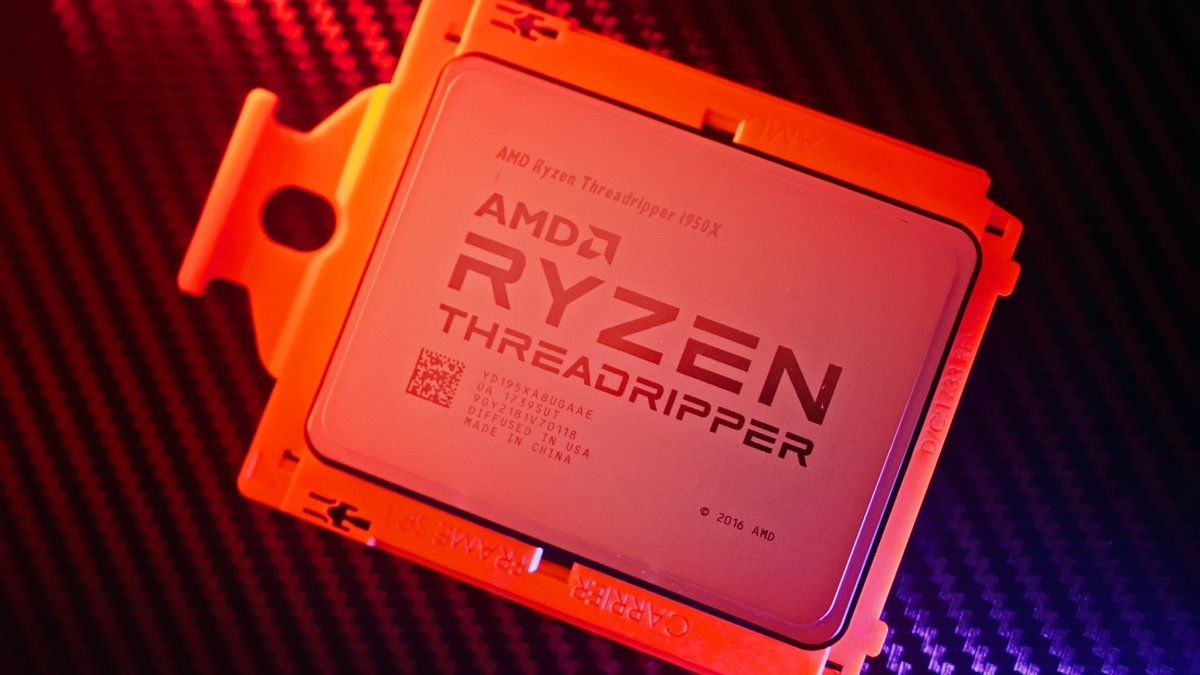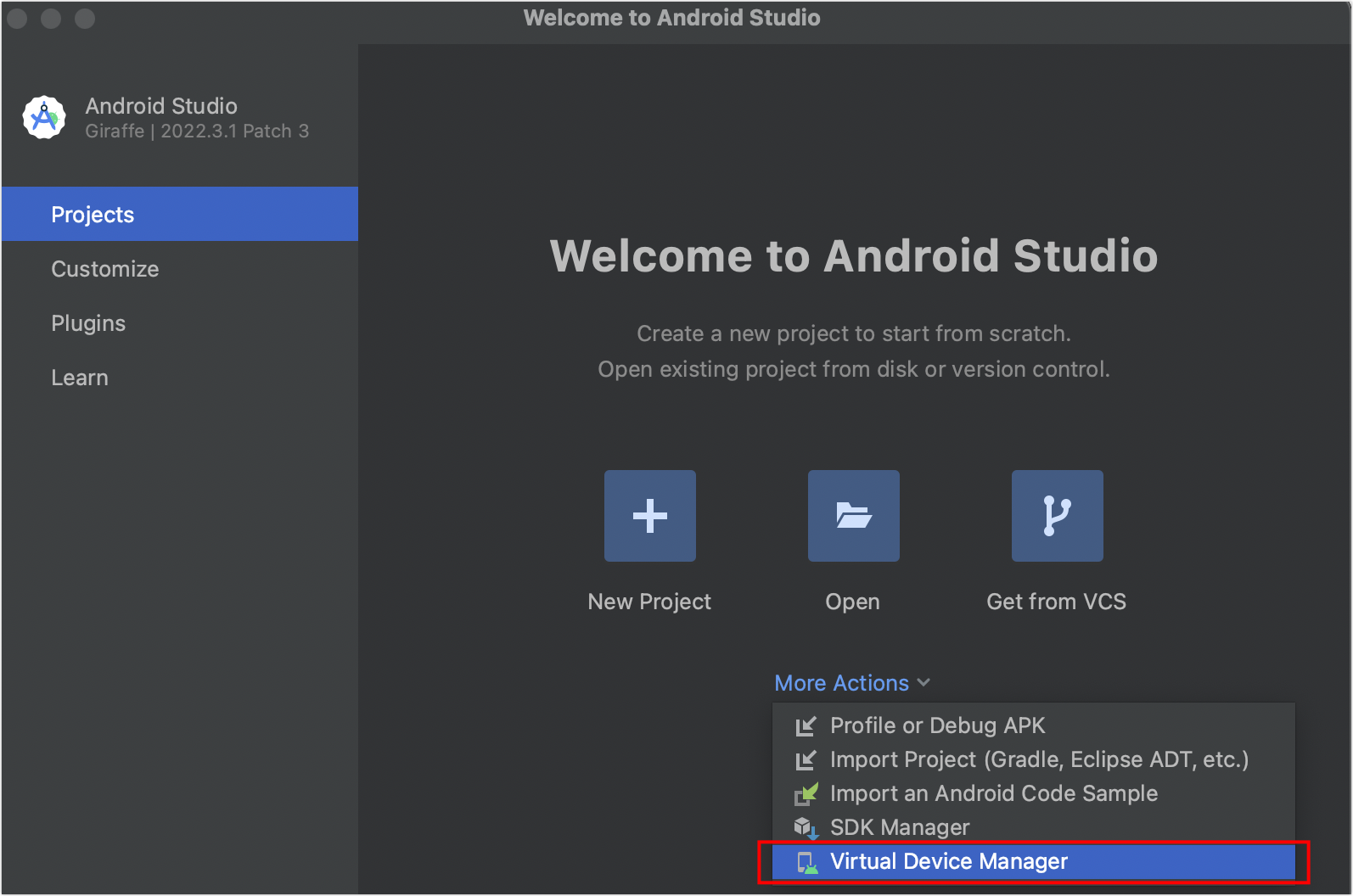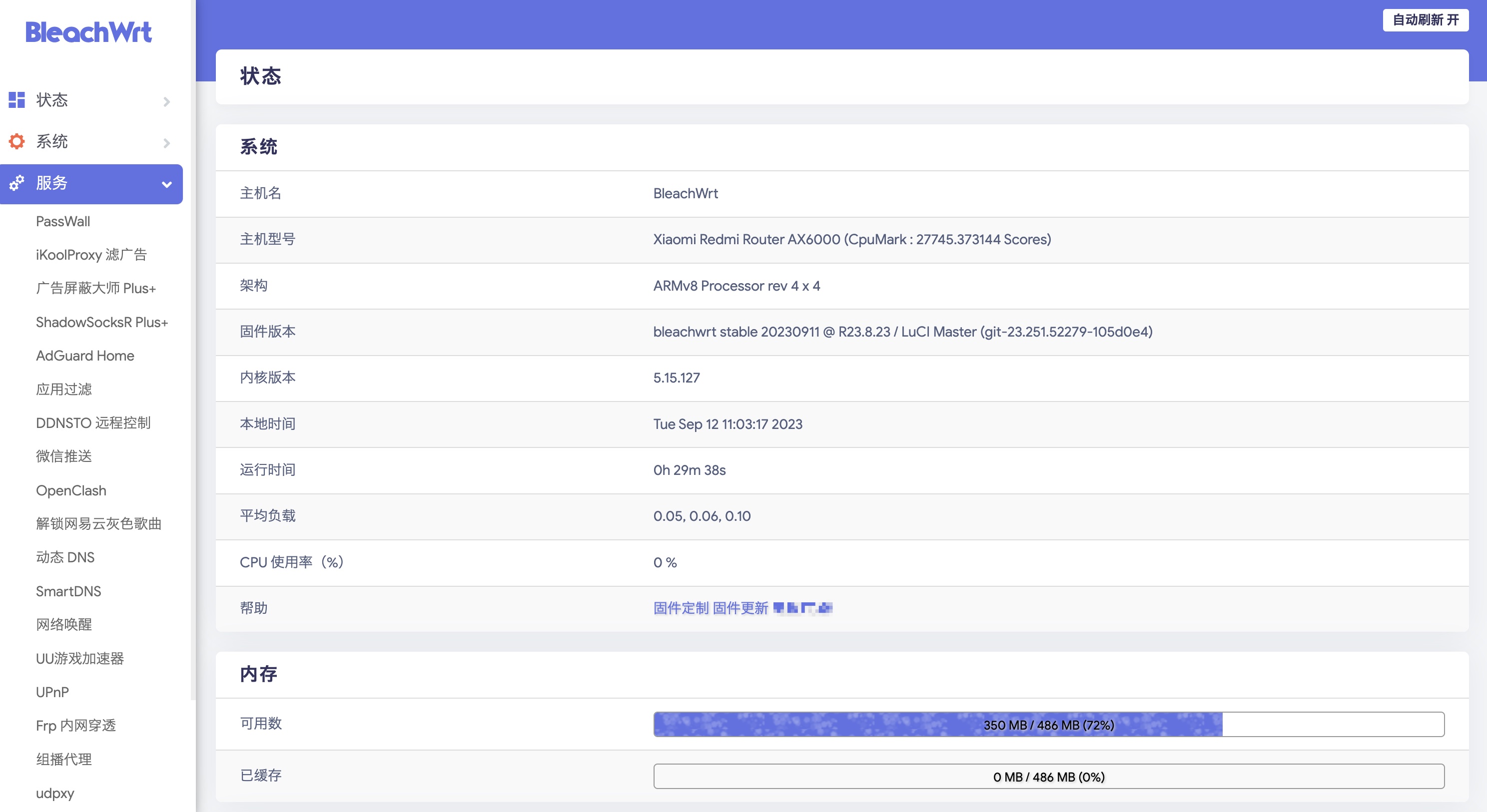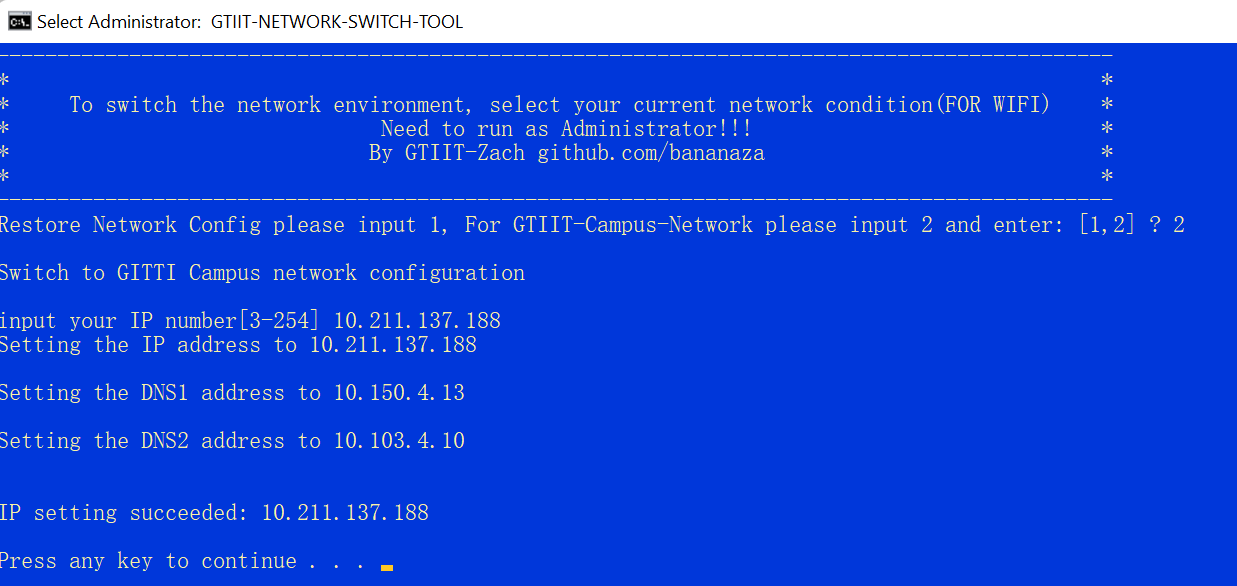Socket网络编程进阶之UDP
一.UDP概述
-
UDP是什么?
- User Datagram Protocol,缩写为UDP
- 一种用户数据报协议,又称用户数据报文协议
- 是一个简单的面向数据报的传输层协议,正是规范RFC 768
- 用户数据协议、非连接协议
-
UDP为什么不可靠?
- 把应用程序发给网络层的数据发送后,不保留数据备份
- UDP在IP数据报头部仅仅加入了复用和数据校验(字段)
- 发送端产生数据,接收端从网络中抓取数据
- 结构简单、无校验、速度快、易丢包、可广播
-
UDP能做什么?
- DNS\TFTP\SNMP
- 视频、音频、普通数据的传输
-
UDP包最大长度
- 16位(2字节) 存储长度信息
- 2^16-1 = 65535个字节,自身协议占用8字节,可用65507字节
二.UDP核心API
-
API-DatagramSocket
- 用于接收与发送UDP的类
- 不同于TCP,UDP没有合并到Socket API中
| 常用API | 描述 |
|---|---|
| DatagramSocket() | 实例化对象,不指定端口和IP |
| DatagramSocket(int port) | 创建监听固定窗口的实例 |
| DatagramSocket(int port, InetAddress localAddr) | 创建固定端口并指定IP的实例 |
| receive(DatagramPacket d) | 接收 |
| send(DatagramPacket d) | 发送 |
| setSoTimeout(int timeout) | 设置超时(毫秒) |
| close() | 释放资源 |
-
API-DatagramPacket
- 用于处理报文,将byte数组、目标地址、目标端口等数据包装成报文或将报文拆成byte数组
- 是UDP的发送实体和接收实体
常用API 描述 DatagramPacket(byte[]buf, int offset, int length, InetAddress address, int port) 前三个参数指定buf的使用区间,后两个参数指定目标机器地址和端口(仅用于发送) setData(byte[]buf, int offset, int length) 设置数据(并设置有效区间) setData(byte[]buf) 设置数据 getData() \ getOffset() \ getLength() \… 获取… setAddress(InetAddress iaddr) 设置地址 setPort(int port) 设置端口号
三.UDP单播、广播、多播
-
广播地址
- 255.255.255.255 为受限广播地址
- C网广播地址一般为 XXX.XXX.XXX.255(192.168.1.255)
- D类网址为多播预留
-
广播地址的运算(举例)
1
2
3
4
5
6
7
8
9
10
11
12
13
14
15
16
17下面看一组例子
- IP:192.168.124.7
- 子网掩码:255.255.255.0
- 网络地址:192.168.124.0
- 广播地址:192.168.124.255
网络地址由IP+子网掩码运算得到
广播地址可划分网段4个:0~63 64~127 128~191 192~255
思考问题:有两个主机,可以进行广播通信吗?
主机1:192.168.124.7,子网掩码255.255.255.192
主机1:192.168.124.100,子网掩码255.255.255.192
显然是不能的,根据广播划分网段
主机1广播地址:192.168.127.63
主机2广播地址:192.168.124.127
四.局域网搜索案例
-
UDP接收消息并回送消息功能
-
UDP局域网广播发送
-
UDP局域网回送消息
-
UDPProvider
1
2
3
4
5
6
7
8
9
10
11
12
13
14
15
16
17
18
19
20
21
22
23
24
25
26
27
28
29
30
31
32
33
34
35
36
37
38
39public static void main(String[] args) {
System.out.println("UDPProvider Started");
//作为接收者,指定端口用于数据接收
try {
DatagramSocket ds = new DatagramSocket(20000);
//构建接收实体
final byte[] buf = new byte[512];
DatagramPacket receivePack = new DatagramPacket(buf,buf.length);
//接收
ds.receive(receivePack);
//打印接收到的信息与发送者的信息
String ip = receivePack.getAddress().getHostAddress();
int port = receivePack.getPort();
int datalen = receivePack.getLength();
String data = new String(receivePack.getData(),0,datalen);
System.out.println("UDPProvider receive from ip:"+ip+"\tport"+port+"\tdata"+data);
//根据发送者构建一份回送数据
String responseData = "Receive data with len:" + datalen;
byte[] responseDataBytes = responseData.getBytes();
DatagramPacket responsePacket = new DatagramPacket(responseDataBytes,
responseDataBytes.length,receivePack.getAddress(),receivePack.getPort());
ds.send(responsePacket);
System.out.println("UDPProvider Finished!");
ds.close();
} catch (SocketException e) {
e.printStackTrace();
} catch (IOException e){
e.printStackTrace();
}
}
-
UDPSearcher
1
2
3
4
5
6
7
8
9
10
11
12
13
14
15
16
17
18
19
20
21
22
23
24
25
26
27
28
29
30
31
32
33
34
35
36
37
38
39
40
41
42public static void main(String[] args) {
System.out.println("UDPSearcher Started");
//作为搜索方,让系统分配端口
try {
DatagramSocket ds = new DatagramSocket();
//测试发送一份数据给接收方
String resquestData = "HelloWorld!" ;
byte[] resquestDataBytes = resquestData.getBytes();
DatagramPacket requestPacket = new DatagramPacket(resquestDataBytes,
resquestDataBytes.length);
//本机2000端口
requestPacket.setAddress(InetAddress.getLocalHost());
requestPacket.setPort(20000);
ds.send(requestPacket);
//构建接收实体
final byte[] buf = new byte[512];
DatagramPacket receivePack = new DatagramPacket(buf,buf.length);
//接收
ds.receive(receivePack);
//打印接收到的信息与发送者的信息
String ip = receivePack.getAddress().getHostAddress();
int port = receivePack.getPort();
int datalen = receivePack.getLength();
String data = new String(receivePack.getData(),0,datalen);
System.out.println("UDPSearcher receive from ip:"+ip+"\tport"+port+"\tdata"+data);
System.out.println("UDPSearcher Finished!");
ds.close();
} catch (SocketException e) {
e.printStackTrace();
} catch (IOException e){
e.printStackTrace();
}
}
-
完善后代码如下:
1
2
3
4
5
6
7
8
9
10
11
12
13
14
15
16
17
18
19
20
21
22
23
24
25
26
27
28
29
30
31
32
33
34
35
36
37
38
39
40
41
42
43
44
45
46
47
48
49
50
51
52
53
54
55
56
57
58
59
60
61
62
63
64
65
66
67
68
69
70
71
72
73
74
75
76
77
78
79
80
81
82
83
84
85
86
87
88
89
90
91
92
93
94
95
96/**
* UDP 提供者,用于提供服务
*/
public class UDPProvider {
public static void main(String[] args) throws IOException {
// 生成一份唯一标示
String sn = UUID.randomUUID().toString();
Provider provider = new Provider(sn);
provider.start();
// 读取任意键盘信息后可以退出
//noinspection ResultOfMethodCallIgnored
System.in.read();
provider.exit();
}
private static class Provider extends Thread {
private final String sn;
private boolean done = false;
private DatagramSocket ds = null;
public Provider(String sn) {
super();
this.sn = sn;
}
@Override
public void run() {
super.run();
System.out.println("UDPProvider Started.");
try {
// 监听20000 端口
ds = new DatagramSocket(20000);
while (!done) {
// 构建接收实体
final byte[] buf = new byte[512];
DatagramPacket receivePack = new DatagramPacket(buf, buf.length);
// 接收
ds.receive(receivePack);
// 打印接收到的信息与发送者的信息
// 发送者的IP地址
String ip = receivePack.getAddress().getHostAddress();
int port = receivePack.getPort();
int dataLen = receivePack.getLength();
String data = new String(receivePack.getData(), 0, dataLen);
System.out.println("UDPProvider receive form ip:" + ip
+ "\tport:" + port + "\tdata:" + data);
// 解析端口号
int responsePort = MessageCreator.parsePort(data);
if (responsePort != -1) {
// 构建一份回送数据
String responseData = MessageCreator.buildWithSn(sn);
byte[] responseDataBytes = responseData.getBytes();
// 直接根据发送者构建一份回送信息
DatagramPacket responsePacket = new DatagramPacket(responseDataBytes,
responseDataBytes.length,
receivePack.getAddress(),
responsePort);
ds.send(responsePacket);
}
}
} catch (Exception ignored) {
} finally {
close();
}
// 完成
System.out.println("UDPProvider Finished.");
}
private void close() {
if (ds != null) {
ds.close();
ds = null;
}
}
/**
* 提供结束
*/
void exit() {
done = true;
close();
}
}
} -
UDPSearcher
1
2
3
4
5
6
7
8
9
10
11
12
13
14
15
16
17
18
19
20
21
22
23
24
25
26
27
28
29
30
31
32
33
34
35
36
37
38
39
40
41
42
43
44
45
46
47
48
49
50
51
52
53
54
55
56
57
58
59
60
61
62
63
64
65
66
67
68
69
70
71
72
73
74
75
76
77
78
79
80
81
82
83
84
85
86
87
88
89
90
91
92
93
94
95
96
97
98
99
100
101
102
103
104
105
106
107
108
109
110
111
112
113
114
115
116
117
118
119
120
121
122
123
124
125
126
127
128
129
130
131
132
133
134
135
136
137
138
139
140
141
142
143
144
145
146
147
148
149
150
151
152/**
* UDP 搜索者,用于搜索服务支持方
*/
public class UDPSearcher {
private static final int LISTEN_PORT = 30000;
public static void main(String[] args) throws IOException, InterruptedException {
System.out.println("UDPSearcher Started.");
Listener listener = listen();
sendBroadcast();
// 读取任意键盘信息后可以退出
//noinspection ResultOfMethodCallIgnored
System.in.read();
List<Device> devices = listener.getDevicesAndClose();
for (Device device : devices) {
System.out.println("Device:" + device.toString());
}
// 完成
System.out.println("UDPSearcher Finished.");
}
private static Listener listen() throws InterruptedException {
System.out.println("UDPSearcher start listen.");
CountDownLatch countDownLatch = new CountDownLatch(1);
Listener listener = new Listener(LISTEN_PORT, countDownLatch);
listener.start();
countDownLatch.await();
return listener;
}
private static void sendBroadcast() throws IOException {
System.out.println("UDPSearcher sendBroadcast started.");
// 作为搜索方,让系统自动分配端口
DatagramSocket ds = new DatagramSocket();
// 构建一份请求数据
String requestData = MessageCreator.buildWithPort(LISTEN_PORT);
byte[] requestDataBytes = requestData.getBytes();
// 直接构建packet
DatagramPacket requestPacket = new DatagramPacket(requestDataBytes,
requestDataBytes.length);
// 20000端口, 广播地址
requestPacket.setAddress(InetAddress.getByName("255.255.255.255"));
requestPacket.setPort(20000);
// 发送
ds.send(requestPacket);
ds.close();
// 完成
System.out.println("UDPSearcher sendBroadcast finished.");
}
private static class Device {
final int port;
final String ip;
final String sn;
private Device(int port, String ip, String sn) {
this.port = port;
this.ip = ip;
this.sn = sn;
}
@Override
public String toString() {
return "Device{" +
"port=" + port +
", ip='" + ip + '\'' +
", sn='" + sn + '\'' +
'}';
}
}
private static class Listener extends Thread {
private final int listenPort;
private final CountDownLatch countDownLatch;
private final List<Device> devices = new ArrayList<>();
private boolean done = false;
private DatagramSocket ds = null;
public Listener(int listenPort, CountDownLatch countDownLatch) {
super();
this.listenPort = listenPort;
this.countDownLatch = countDownLatch;
}
@Override
public void run() {
super.run();
// 通知已启动
countDownLatch.countDown();
try {
// 监听回送端口
ds = new DatagramSocket(listenPort);
while (!done) {
// 构建接收实体
final byte[] buf = new byte[512];
DatagramPacket receivePack = new DatagramPacket(buf, buf.length);
// 接收
ds.receive(receivePack);
// 打印接收到的信息与发送者的信息
// 发送者的IP地址
String ip = receivePack.getAddress().getHostAddress();
int port = receivePack.getPort();
int dataLen = receivePack.getLength();
String data = new String(receivePack.getData(), 0, dataLen);
System.out.println("UDPSearcher receive form ip:" + ip
+ "\tport:" + port + "\tdata:" + data);
String sn = MessageCreator.parseSn(data);
if (sn != null) {
Device device = new Device(port, ip, sn);
devices.add(device);
}
}
} catch (Exception ignored) {
} finally {
close();
}
System.out.println("UDPSearcher listener finished.");
}
private void close() {
if (ds != null) {
ds.close();
ds = null;
}
}
List<Device> getDevicesAndClose() {
done = true;
close();
return devices;
}
}
}
本博客所有文章除特别声明外,均采用 CC BY-NC-SA 4.0 许可协议。转载请注明来自 515code-实验室!
评论











